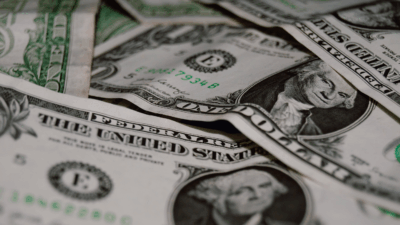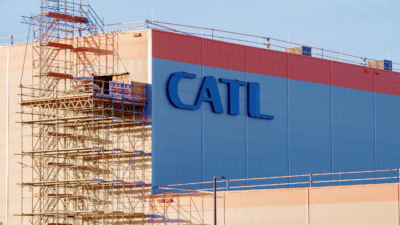Wall Street’s Trading Assets Cross $1 Trillion
It’s got to be at least a yellow flag whenever 2008 — the height of the Great Recession — is your point of reference, no?

Sign up for smart news, insights, and analysis on the biggest financial stories of the day.
It’s got to be at least a yellow flag whenever 2008 — the height of the Great Recession — is your point of reference, no?
At the end of the third quarter, trading assets at US banks crossed $1 trillion, approaching a record and scoring that ultra-rare fourth comma for the first time since 2008, according to a Financial Times analysis published this weekend. But does that leave Wall Street exposed to 2008-sized risks? That’s the trillion dollar question.
Partying Like It’s 2008
Wall Street’s trading accounts last topped $1 trillion in stocks, bonds, and other assets in the first quarter of 2008. And no one needs a reminder of what happened next. As markets cratered and DC ushered in a new spate of regulations, assets in trading accounts, naturally, fell. By 2017, they reached a bottom of around $550 billion, according to the FT, which viewed data from industry tracker BankRegData.
But assets slowly started accumulating afterward, before taking a big leap this year as banks allowed piles of cash to flow back to their trading accounts and invested mostly in equities and asset-backed securities linked to consumer credit card debt and auto loans. “It is a bet on financial assets, rather than say lending or the economy, because that’s where they see the returns,” BankRegData’s Bill Moreland told the FT.
That’s enough to make any taxpayer who remembers Wall Street bailouts queasy. But the industry insists that its risk factor remains far lower than 2008 levels, pointing to a few key figures:
- Trading assets account for just 4% of the industry’s total assets, BankRegData show, compared with around 8% in 2008.
- Meanwhile, total value at risk — a.k.a., the estimate of how much a bank could lose in a single day — similarly stands at roughly half the level it did back in 2008. In other words, thanks to the Dodd-Frank Act’s banking regulations, the next financial crisis may only be half as painful.
Concentration Nation: Unsurprisingly, the vast, vast, vast majority of the $1 trillion in trading assets is held by just a handful of banks. You know the names: Wells Fargo, Citigroup, Bank of America, Goldman Sachs and Morgan Stanley, the last two of which generate more income from broad investment banking activities than lending. And then there’s JPMorgan, which claimed a whopping $506 billion in trading assets at the end of the third-quarter, up from $329 billion at the end of the beginning of the year, according to FDIC data.











